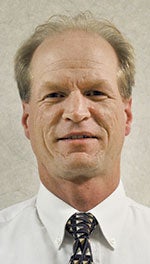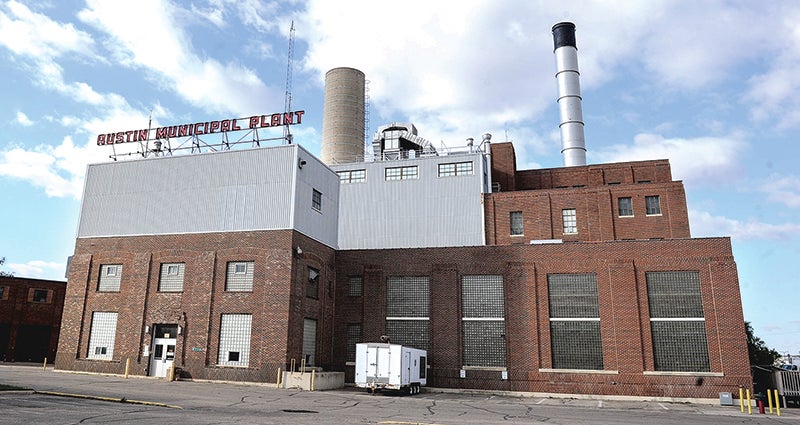City favors true county assessor model
Published 10:04 am Tuesday, April 5, 2016
The Austin City Council favors Mower County potentially changing the way it assesses property values for taxes.
County officials talked to the council Monday during a work session about its discussions on the “true county assessor” model, which would consolidate all assessment services for cities and townships in Mower County under Mower County Assessor Joy Kanne’s office.
Austin Director of Administrative Services Tom Dankert said the city currently pays about $190,000 to the county to assess Austin properties, which offsets the county’s costs. They also adopt a board of review to oversee the evaluations and residents can contest the evaluation to the board.
Dankert said in the end, the county has the final responsibility and authority to make the assessment change.
Under the true county model, which is used by a majority of southern Minnesota counties, the city would not pay the county $190,000. Instead, the county would take that cost upon itself and spread it out over all taxpayers in the county.
“The city would still appoint a board of review … and potentially save $190,000,” Dankert said. “We as a city would save it, but then again it’s spread out to all the tax payers in Mower County, so as a city we won’t write the check anymore … but as citizens your costs for the county levy, will probably go up to pay more of that levy.”
Kanne said the county currently has contracts with 13 cities, including the city of Austin, and the townships of Austin, Lansing and Windom. The remaining townships have local assessors who are hired and fired by their board.
“We’re looking at this change to promote equity,” Kanne said. “It’s really getting difficult to have a contract with a local assessor who doesn’t work in the office, doesn’t necessarily talk our talk. It’s getting difficult to promote equity with that local assessor.”
Mower County board members have voiced concerns that townships may eventually ask the county to switch to such a model if there’s a lack of qualified assessors interest in the positions as current assessors retire. The county also saw some assessment mistakes last year that the Assessor’s Office needed to correct.
The true county model would bring all the assessment staff working in one spot so they can offer more equitable assessing.
Kanne said the main concern is about the amount of control the county could have, but she said the county isn’t trying to take control of anything. The county has sought feedback from township leaders.
“It’s about equity,” Kanne said. “It’s just a new way of looking at it.”
She added the townships have expressed the most concern and want to make sure there’s checks and balances, but Dankert said that comes in the form of the board of review.
Mower County Coordinator Craig Oscarson said the county assessor has two jobs, which is to properly value and classify and if they do it right, everyone pays their fair share.
“When you have one group of appraisers doing it one way and then township appraisers doing it another way, we have a problem,” Oscarson said.
The other driving factor is a change in Minnesota statute that will require a certain certification for assessors to be at the same level by 2018 or 2019, Oscarson said.
“The townships can’t find people, there’s nobody out there, so the difficult thing is, how do they do that?” Oscarson said. “Even though they have some locals down, in a few years they’re going to be down a few people and if they come to us, we’re pretty much at our limit on adding anymore townships.”
The county would need to add a full time appraiser and part-time clerical position in order to handle the extra 17 townships and to serve taxpayers efficiently.
If the county switches to the new model including all 20 townships and 14 cities, the total tax increase would be $29,000 and the county levy could increased by $342,000.
“So is a tax increase countywide but really minor when you look at it,” Oscarson said.
Most council members voiced opinions in favor of switching to the true county model.
To make the switch to the true county model, the county board has to pass a resolution by Dec. 1 for it to go into effect in 2018.





